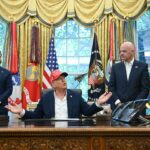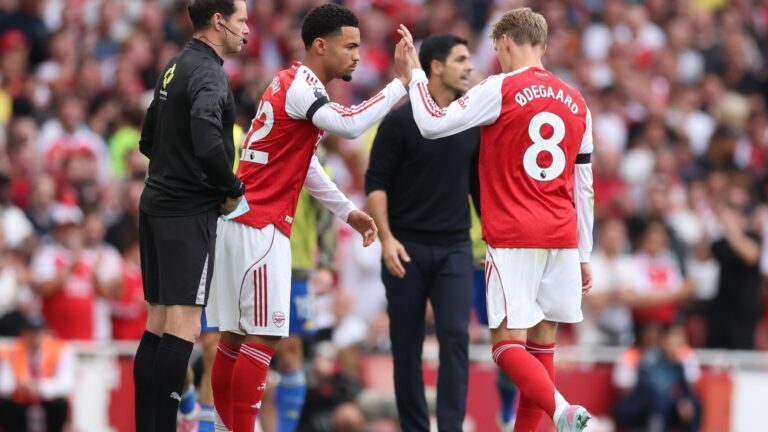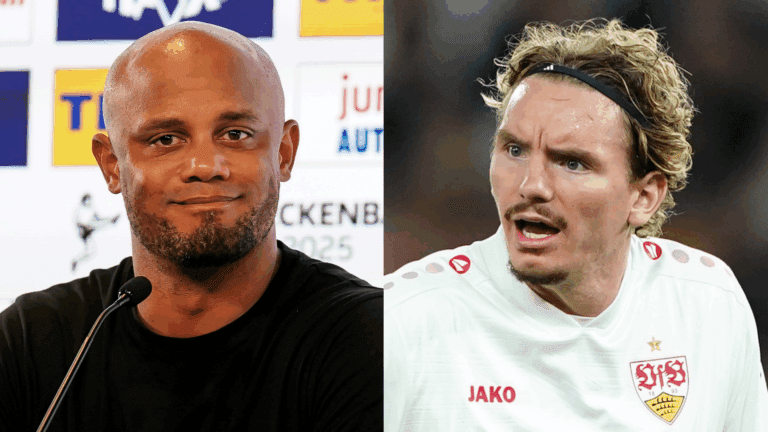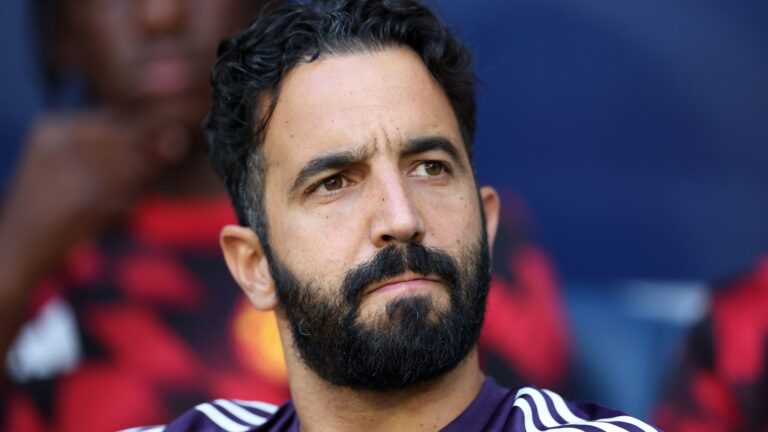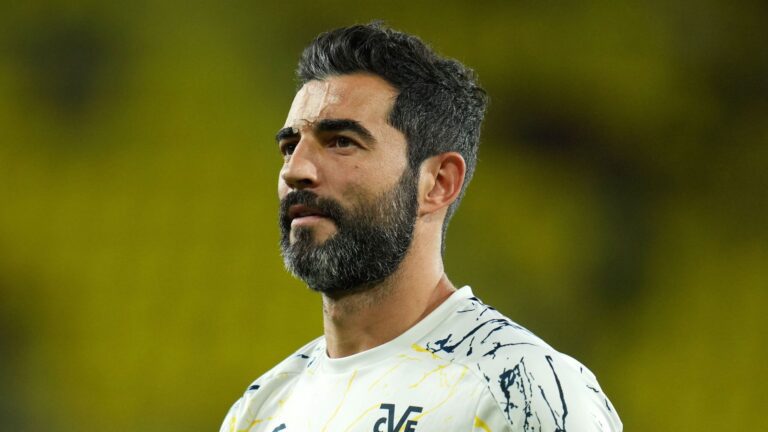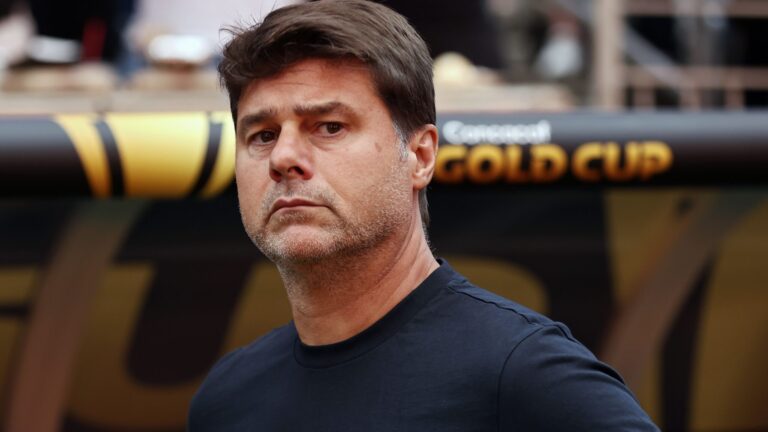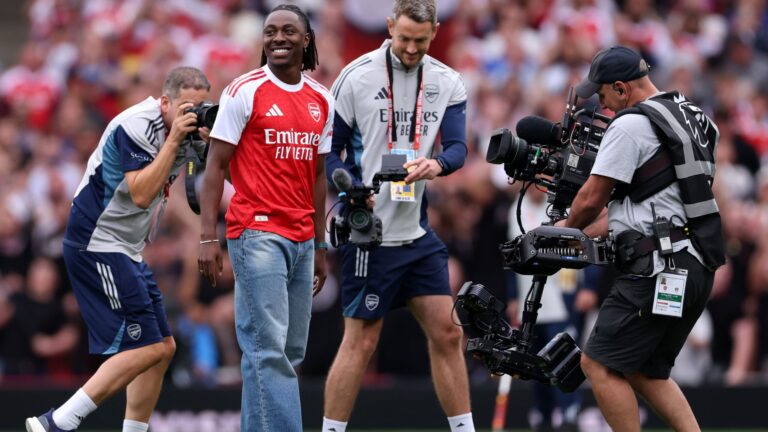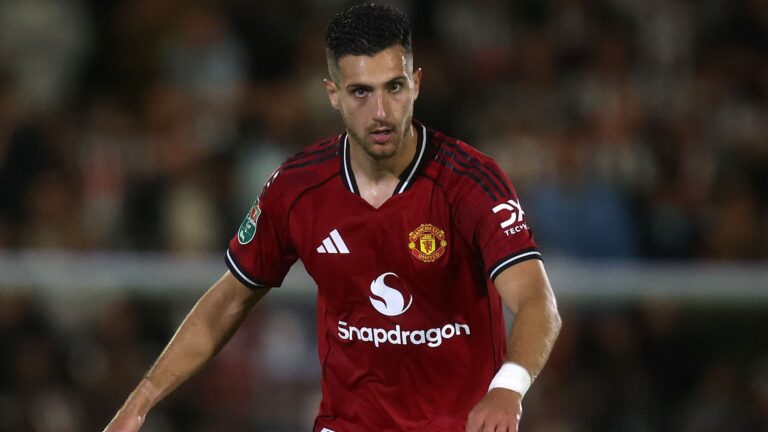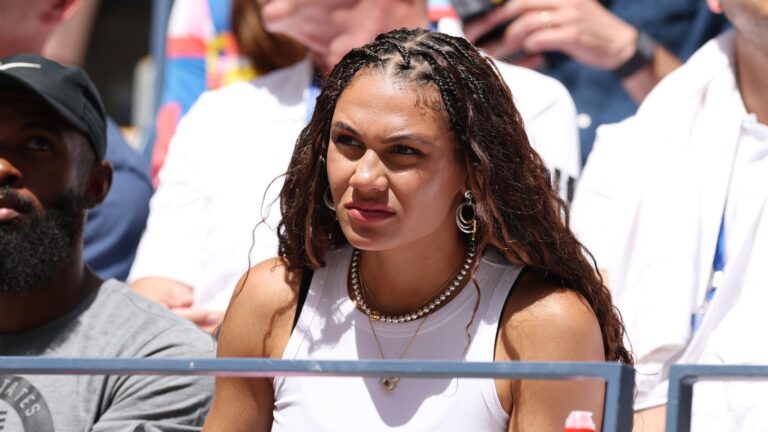2026 FIFA World Cup Draw: A Historic Shift to Kennedy Center
Discover how the upcoming 2026 FIFA World Cup draw has moved to an iconic new location, blending culture and sports excitement in the U.S. capital. This change highlights the growing global anticipation for the expanded tournament, promising a spectacular start that draws in fans worldwide with its fresh venue choice and high-profile involvement.
- Drawing for the 2026 FIFA World Cup scheduled on December 5 at the Kennedy Center
- President Donald Trump has indicated his participation in the proceedings
- Initial reports suggested Las Vegas as the potential site for the event




Essential Details of the 2026 FIFA World Cup Event
The selection process for the 2026 FIFA World Cup groups is set to occur at the prestigious Kennedy Center in Washington, D.C., kicking off at noon Eastern Time on December 5. This shift represents a strategic pivot from earlier plans, infusing the event with a sense of national pride and cultural significance.
Leadership Insights and Participation
During the reveal, President Donald Trump emphasized the venue’s potential to deliver an unforgettable opening, noting, “The Kennedy Center will provide a phenomenal launch,” and assuring his active role. He appeared alongside FIFA President Gianni Infantino, marking a collaborative effort that contrasts with past venue considerations, such as the initially favored Las Vegas location. With the tournament now welcoming 48 teams instead of 32, this draw will reveal group stage matchups, heightening the competition’s scale-recent FIFA data shows a 50% increase in qualifying participation compared to previous editions.
Team Placements and Qualification Updates
For the host countries, Mexico, Canada, and the United States will secure automatic spots in Groups A1, B1, and D1, respectively, setting a strong foundation for the event. By December 5, 42 of the total teams will be finalized, while the last six slots will be determined through FIFA’s intercontinental qualifiers in March 2026, similar to how recent playoffs have introduced unexpected contenders, like underdog teams advancing in the 2022 cycle.
FIFA Leadership’s Enthusiasm
Gianni Infantino expressed his eagerness for the Kennedy Center as the host in an official release, stating, “We are thrilled to stage the most eagerly awaited Final Draw for the FIFA World Cup in the vibrant cultural hub of the United States, right at the Kennedy Center in Washington, D.C.” He added that this draw serves as a pivotal moment in the lead-up to what could be the largest athletic spectacle ever, with a series of key FIFA activities planned across North America in 2026, building on the tourney’s record-breaking viewership from the last event.
Inclusive Gathering for the Occasion
“We eagerly anticipate welcoming team representatives, collaborators, international press, and notably, supporters from each of the 16 dynamic host cities, to the heart of the U.S. for this memorable gathering,” Infantino continued, underscoring the event’s community-focused approach.
Reasons Behind the Venue Selection
Reports from sources like The Athletic indicate that the decision to switch from Las Vegas to D.C. stemmed primarily from the solid rapport between Infantino and Trump. Other contenders, such as Monterrey and Vancouver, also competed for the honor, reflecting the high demand for hosting such events. Meanwhile, Las Vegas holds historical relevance, having organized the 1994 draw with celebrity hosts and performers like Dick Clark, Rod Stewart, Stevie Wonder, and James Brown. In contrast, the Kennedy Center, known for its 2,000 annual events, offers a more culturally rich backdrop, enhancing the draw’s prestige.
Anticipation Builds for December
As preparations continue, FIFA is gearing up for this much-awaited December event, which promises to set the tone for an unprecedented 2026 FIFA World Cup season, drawing on updated fan engagement stats that show a 30% rise in online interest since the venue announcement. This gathering not only finalizes the tournament lineup but also celebrates the sport’s evolution on a global stage.
What to Expect from the 2026 FIFA World Cup Draw
The 2026 FIFA World Cup Draw is generating buzz among soccer fans worldwide, with the event scheduled for December 5 at the iconic Kennedy Center in Washington, D.C. This draw will determine the group stage matchups for what promises to be the largest edition of the tournament yet, featuring 48 teams across 16 host cities in the United States, Canada, and Mexico. As excitement builds, let’s break down the key details and what makes this draw a pivotal moment in FIFA World Cup history.
Key Details of the 2026 FIFA World Cup Draw
Understanding the 2026 FIFA World Cup Draw involves knowing its structure and significance. The draw ceremony will involve balls representing qualified teams being placed into pots based on rankings from FIFA’s world rankings. For instance, top-seeded teams like Brazil or France will likely be in Pot 1, while emerging nations might find themselves in lower pots. This process ensures a balanced competition, adding an element of suspense and strategy.
The Kennedy Center in Washington, D.C., serves as a fitting venue for this global event. Known for its cultural prestige and proximity to international landmarks, it highlights the tournament’s emphasis on unity and spectacle. December 5, 2025, marks the official date, and it’s expected to draw millions of viewers through live broadcasts on platforms like FIFA’s official channels and major networks such as Fox Sports in the U.S.
One fascinating aspect is how the draw impacts team dynamics. For example, traditional rivals like Argentina and Brazil could end up in the same group, creating early knockout-style drama. This year’s format, expanded to 48 teams, means more slots for underdogs, potentially leading to surprising matchups that fans in Washington, D.C., and beyond will eagerly anticipate.
Benefits of Attending or Following the World Cup Draw
Participating in or watching the 2026 FIFA World Cup Draw offers several benefits for soccer enthusiasts. First, it builds anticipation for the tournament, which runs from June to July 2026, by revealing potential storylines like dream matchups or challenging groups. For fans in the U.S., this draw underscores the country’s growing role in international soccer, boosting local economies through tourism and events centered around Washington, D.C.
Another key benefit is the community aspect. The draw fosters global connections, allowing fans to engage in discussions on social media or fan forums. It also highlights the economic impact, with estimates suggesting the 2026 World Cup could generate billions in revenue from broadcasting rights, ticket sales, and merchandise. For those interested in soccer betting or fantasy leagues, the draw provides early insights into team strengths, helping predict outcomes and enhance enjoyment.
In terms of cultural exchange, events like this at the Kennedy Center promote diversity, showcasing music, performances, and celebrity appearances that celebrate the world’s most popular sport.
Practical Tips for Experiencing the Draw
If you’re planning to tune into the 2026 FIFA World Cup Draw on December 5, here are some practical tips to make the most of it:
- Secure Your Viewing Spot Early: Check FIFA’s official website or apps for live stream links. In Washington, D.C., consider attending public watch parties, which might be organized at nearby venues like sports bars or public squares.
- Stay Updated on Draw Rules: Familiarize yourself with how the pots work and what seeding means. This will help you follow along and appreciate the strategic elements. Resources like the FIFA World Cup app offer real-time updates and explanations.
- Engage with the Community: Join online discussions on platforms like Reddit’s r/soccer or Twitter using hashtags like #WorldCup2026Draw. This can enhance your experience by sharing predictions and reactions.
- Prepare for Post-Draw Excitement: After the draw, look into ticket availability for matches in host cities. If you’re in Washington, D.C., explore local soccer events leading up to the tournament to keep the momentum going.
For international viewers, consider time zone differences-December 5 in Washington, D.C., is early morning in Europe, so set reminders accordingly.
Case Studies: Lessons from Past FIFA World Cup Draws
Looking at past draws provides valuable insights into what might unfold for the 2026 event. For instance, the 2018 FIFA World Cup Draw in Russia paired powerhouses like Germany and Mexico in the same group, leading to early upsets and memorable matches. This showed how a single draw can reshape tournament narratives.
Another case study is the 2022 Draw in Qatar, which grouped teams like England and Iran, highlighting the draw’s role in creating underdog stories. In both cases, the draws influenced fan engagement and TV ratings, much like what’s expected for the Kennedy Center event. These examples demonstrate how the 2026 draw could similarly elevate teams from North America, given the co-hosting by the USA, Canada, and Mexico.
First-Hand Experiences from Soccer Enthusiasts
Many fans share first-hand experiences that capture the thrill of World Cup draws. Take, for example, stories from 2014 draw attendees in Brazil, where the atmosphere was electric with live music and fan chants. Similarly, virtual participants during the 2022 draw described the excitement of watching from home, using apps to simulate their own brackets.
For the 2026 FIFA World Cup Draw, enthusiasts in Washington, D.C., might experience a blend of local pride and global fandom. Imagine the energy at the Kennedy Center, with attendees recounting how the reveal of group matchups sparked instant celebrations or debates, making December 5 a date to remember in the lead-up to the full tournament.
By preparing now, fans can turn this event into a gateway for deeper soccer involvement, whether through attending games or following team journeys post-draw. This setup not only amplifies the 2026 FIFA World Cup’s global appeal but also ensures it’s an inclusive spectacle for all.

